Sustainable farming practices and advanced technology merge, significantly enhancing agricultural efficiency and innovation. That’s not just a dream – it’s the exciting reality in many leading agricultural countries today. These noteworthy nations are redefining this essential sector, weaving technology into the tapestry of farming to maximize yields while minimizing their carbon footprint. They utilize novel approaches, striking a remarkable balance between encouraging innovation and practicing mindful stewardship of the environment. From precision farming to vertical agriculture, these pioneers of modern farming are constantly drawing up blueprints for a more fruitful and sustainable future. Take a moment to learn about their fascinating methods and successes – you will find your perspective on agriculture profoundly transformed.
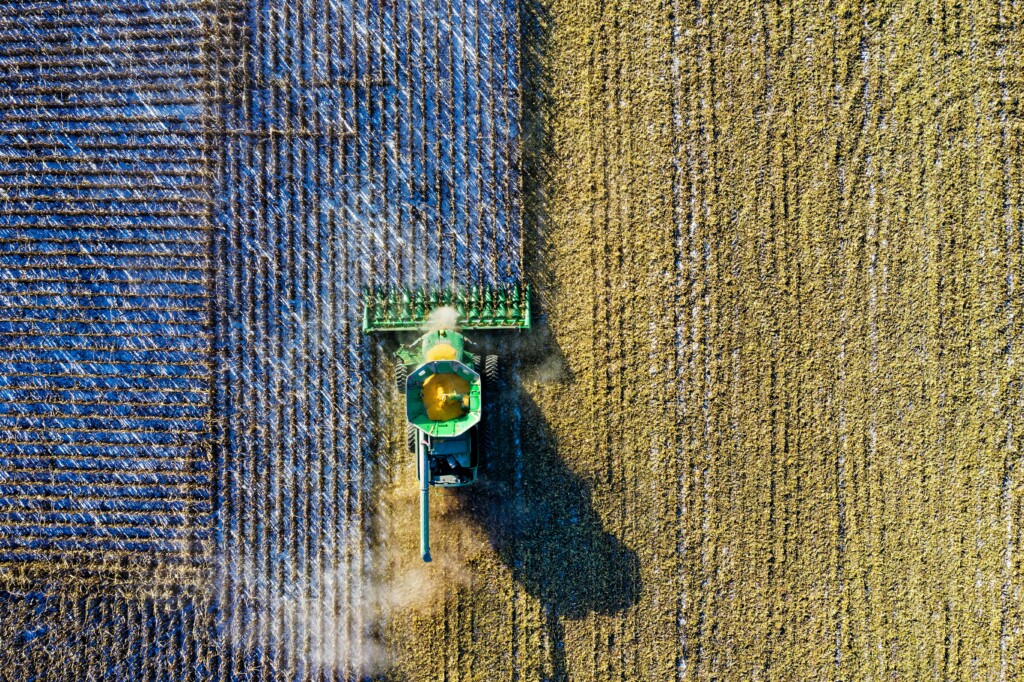
The United States is a prominent player in modern agriculture, renowned for its expansive farming operations that blend traditional practices with cutting-edge technology. At the heart of this sector’s success is the widespread adoption of precision agriculture. GPS-guided tractors and drones have become common sights in American fields, enabling farmers to optimize their management of crops at an unprecedented level of detail.
In addition to these technological marvels, the U.S. is also a leader in the field of biotechnology. Genetically modified crops, such as corn and soybeans, are extensively cultivated across the country. These genetically engineered varieties, which are designed for increased yields and improved pest resistance, cover a significant portion of the agricultural land.
The diversity of the U.S. agricultural sector is particularly evident in its crop production. The nation is a top producer of key staples like corn and soybeans, which are vital not only for domestic consumption but also for international trade. Wheat is another significant crop, with states like Kansas and North Dakota playing a major role in its cultivation.
Livestock production is another area where the U.S. excels. The country is among the world’s largest producers of beef, pork, and poultry. This success is attributed to modern livestock farming practices that prioritize efficiency, nutrition, and animal welfare. In particular, concentrated animal feeding operations (CAFOs) are a common feature in poultry and swine production, highlighting the country’s focus on high-efficiency farming methods.
The rise in organic farming in the U.S. reflects a growing consumer demand for organic products. This sector has seen a considerable increase in the number of farms adopting organic practices, with sales of organic products reaching significant figures.
Despite the emphasis on large-scale commercial farming, the U.S. agricultural landscape is also composed of a multitude of smaller, family-owned operations. These farms, though smaller in size, contribute significantly to the agricultural output of the nation. There’s been a trend towards consolidation, with larger farms increasingly utilizing advanced technologies to manage their extensive acreages.
Environmental stewardship has become a key focus for American farmers. Sustainable and conservation practices, such as cover cropping and precision nutrient management, are gaining importance as the sector seeks to minimize its environmental impact.
In 2021, the United States Department of Agriculture (USDA) provided a comprehensive overview of the country’s agricultural output, revealing substantial production across various sectors. Corn, soybean, and wheat production were notably high, reflecting the strength and diversity of crop farming in the U.S. In the livestock sector, the U.S. continued to be a global leader, with significant outputs in beef, pork, and chicken production. Additionally, the organic farming sector showed remarkable growth, with a considerable increase in certified organic acreage, indicating a notable shift toward more sustainable farming practices.
These figures and trends underscore the United States’ role as a leader in modern agriculture, balancing the demands of productivity, sustainability, and innovation.

China’s agricultural sector, a cornerstone of its economy, mirrors the nation’s rapid modernization and technological advancement. With a vast expanse of arable land and a significant portion of its population engaged in farming, China is a pivotal player in the global food production arena. The country’s journey towards agricultural modernization is marked by the integration of precision farming, biotechnology, and smart irrigation systems, all aimed at enhancing productivity and sustainability.
The Chinese government’s commitment to rural development and agricultural sustainability is evident in its supportive policies and investments. These efforts have placed China at the forefront of the global agricultural landscape, with significant contributions in both crop and livestock production.
China’s prowess in crop production is particularly notable. As the world’s largest producer of rice and wheat, the country’s agricultural output in 2021 was staggering: over 212 million metric tons of rice and around 135 million metric tons of wheat. Corn production, too, has seen a steady rise, reaching over 260 million metric tons.
Technologically, China has embraced precision agriculture. GPS-guided tractors and drones are increasingly common, reflecting a shift towards more efficient and resource-optimized farming practices. The government’s focus on developing and adopting smart farming technologies further reinforces China’s position as a leader in agricultural innovation.
Biotechnology plays a critical role in China’s agricultural strategy. Genetically modified crops like cotton and papaya are commercially cultivated, aimed at addressing issues like pest resistance and boosting crop yields.
Livestock production in China, particularly pork, is a major contributor to the global market. In 2021, the country produced over 45 million metric tons of pork, complemented by growing poultry and beef production in response to shifting dietary preferences.
Organic farming is another area where China has made significant strides. With around 3 million hectares of certified organic farmland, the country is responding to the increasing domestic and international demand for organic products.
Sustainable agriculture is at the core of China’s environmental strategy, with initiatives focusing on soil conservation, water management, and the promotion of eco-friendly farming techniques. These efforts are part of a broader policy framework aimed at enhancing agricultural efficiency and improving farmers’ livelihoods while maintaining environmental balance.
China’s agricultural sector is a blend of traditional practices and modern innovations, marked by its large-scale crop production, technological advancements, and commitment to sustainability. The country’s approach to agriculture reflects a broader national ambition to balance rapid economic growth with environmental and social responsibility.
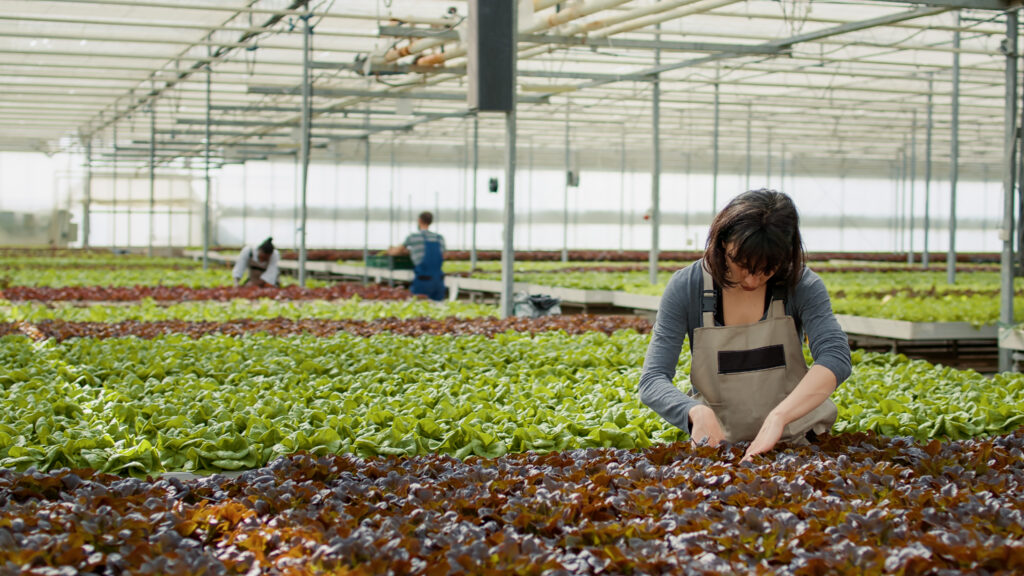
Brazil stands as a formidable force in the world of modern agriculture, particularly renowned for its substantial contributions to the production of soybeans, beef, and poultry. Leveraging its extensive agricultural lands, Brazil has made significant strides in global food exports through the adoption of advanced farming techniques.
At the core of Brazil’s agricultural success is its dominant position in soybean production. In the 2020/2021 season, the country produced over 133 million metric tons, making it the world’s largest exporter of soybeans. This achievement not only underscores Brazil’s agricultural capabilities but also its crucial role in the global soybean market.
Beef production in Brazil further exemplifies its agricultural strength. With a production exceeding 10 million metric tons in 2021, Brazil has solidified its status as a key player in the global beef market. Corn production also mirrors this success, with the country being among the top global producers, highlighting its diverse agricultural capacity.
The extensive cattle ranching practices in Brazil have made it home to one of the largest commercial cattle herds worldwide. While this has bolstered Brazil’s position in the livestock sector, it has also brought about significant environmental challenges, particularly in terms of deforestation. Addressing these concerns, Brazil is actively engaged in improving the sustainability of its livestock practices, aiming to strike a balance between agricultural development and environmental conservation.
Brazil’s agribusiness sector is a major contributor to its economy, playing a crucial role in both the domestic and international markets. As a leading exporter of various agricultural products including soybeans, beef, poultry, and coffee, Brazil’s agribusiness sector is not only a testament to its agricultural might but also a vital part of its economic framework.
Adoption of precision agriculture and modern farming technologies has been a game-changer for Brazilian agriculture. The widespread use of GPS-guided tractors and advanced irrigation systems exemplifies Brazil’s commitment to enhancing farming efficiency and productivity.
Environmental concerns, particularly related to deforestation in the Amazon rainforest, are significant. Brazil’s efforts to promote sustainable land use and reduce deforestation rates reflect an ongoing commitment to balancing agricultural development with ecological stewardship.
In addition to its staple crops and livestock, Brazil is a major player in the sugarcane and ethanol production sectors. The country’s substantial ethanol production, primarily from sugarcane, has not only strengthened its position in the biofuel industry but also contributed significantly to global biofuel markets.
Brazil’s agricultural sector is a vivid representation of how a nation can harness its natural resources and technological advancements to become a leader in global agriculture. By continuously addressing the challenges of sustainability and environmental impact, Brazil is shaping a future that aligns agricultural growth with ecological responsibility.
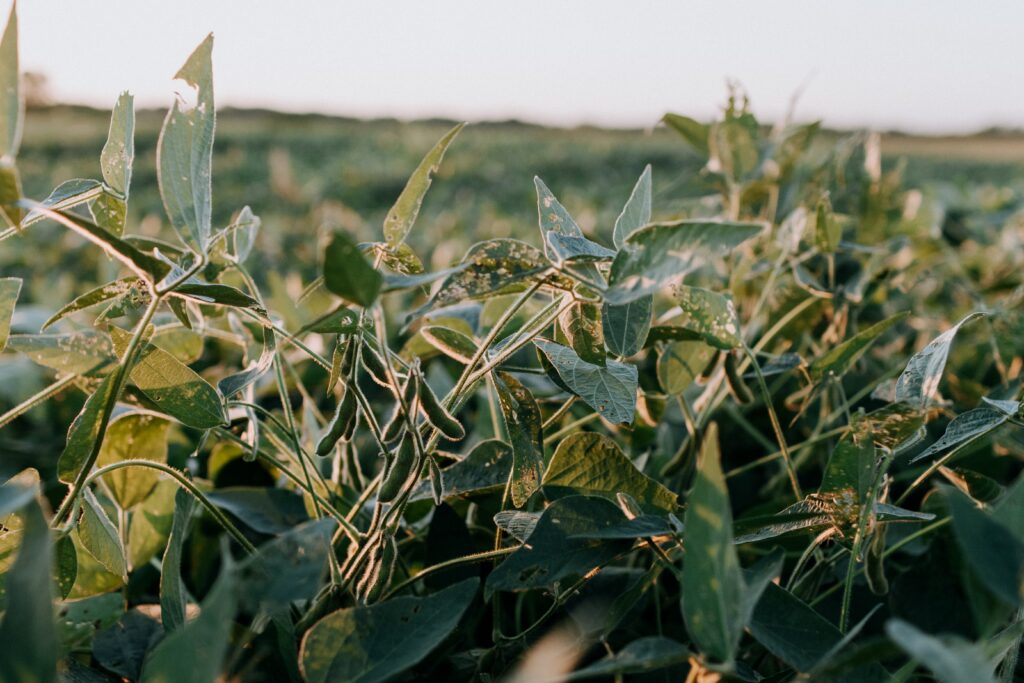
India’s agricultural landscape is a vivid tapestry of diverse agro-climatic zones and a vast farming community, making it a pivotal figure in global agriculture. The country’s journey in enhancing agricultural productivity is marked by an embrace of technology, effective water management, and sustainable practices.
Central to India’s agricultural evolution has been the Green Revolution, a transformative initiative that propelled the nation into a significant food producer. The collaboration between the government and the private sector continues to play a crucial role in modernizing and optimizing the agricultural sector for greater efficiency and sustainability.
In the realm of crop production, India’s output is impressive. The 2020-2021 crop year saw the production of over 303 million metric tons of food grains, including staples like rice, wheat, pulses, and oilseeds. This production capacity underscores India’s vital role in ensuring food security both domestically and internationally.
Horticulture is another area where India shines, being a leading global producer of fruits and vegetables. The 2019-2020 fiscal year recorded a horticulture production exceeding 320 million metric tons, reflecting the rich diversity of India’s agricultural produce.
India’s prowess in livestock production is equally remarkable. The country boasts one of the world’s largest livestock populations and is the largest milk producer globally, with over 32 million metric tons produced in the 2020-2021 fiscal year. Poultry and meat production have also seen significant growth, adding to the comprehensive nature of India’s agricultural sector.
The Green Revolution, with its introduction of high-yielding crop varieties and improved irrigation and fertilization techniques, marked a significant turning point in Indian agriculture. Today, modern technologies such as precision farming are gradually being integrated, further enhancing agricultural efficiency.
Organic farming in India has seen a surge in interest, with over 3.6 million hectares of certified organic farmland. This shift reflects a growing awareness and demand for organic products, both within the country and globally.
India’s agricultural practices are increasingly leaning towards sustainability. Initiatives focusing on water management, soil conservation, and environmentally friendly farming techniques are gaining momentum, reflecting a commitment to sustainable agricultural development.
Government initiatives such as the Pradhan Mantri Kisan Samman Nidhi (PM-KISAN) and the National Mission on Sustainable Agriculture (NMSA) provide vital support to farmers, aiming to strengthen the agricultural sector and ensure its long-term viability.
Despite its successes, Indian agriculture faces challenges like fragmented landholdings, water scarcity, and the need for modernization. However, these challenges also present opportunities for leveraging technology, improving infrastructure, and promoting agribusiness, which could further enhance the sector’s sustainability and productivity.
India’s agricultural sector is a complex and dynamic entity, deeply rooted in tradition yet steadily advancing towards modernization and sustainability. The country’s efforts in balancing increased productivity with environmental consciousness are shaping a future where agriculture continues to be a cornerstone of its economy and a key player in the global food system.
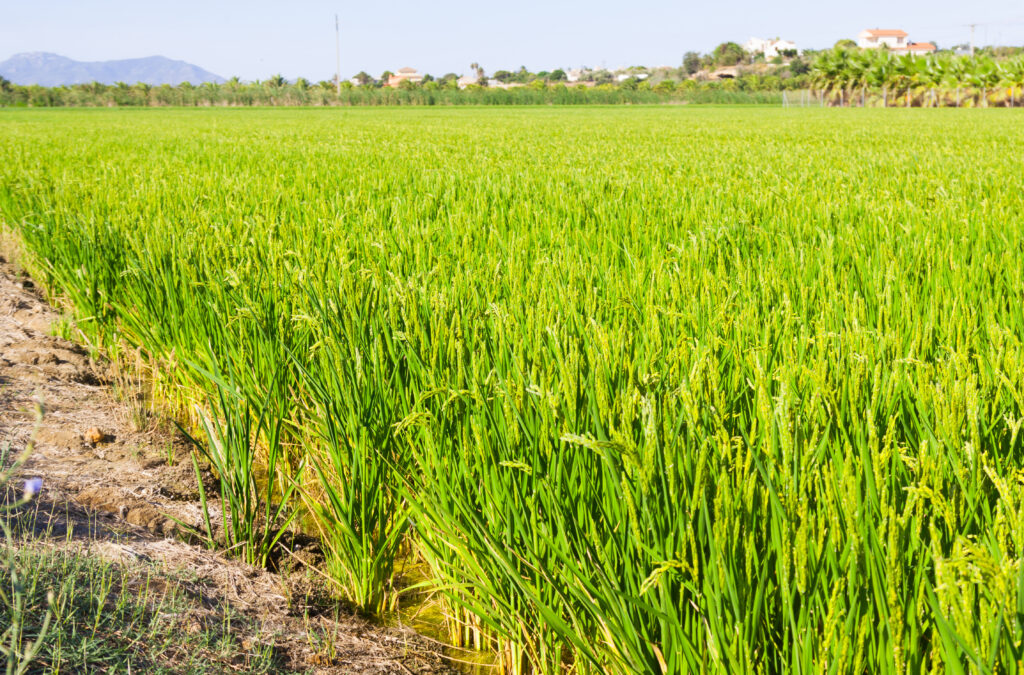
In Germany, modern agriculture is marked by the use of cutting-edge equipment like precision farming tools and GPS-guided tractors, optimizing yields while minimizing environmental impact. Sustainable practices, including reduced chemical use, crop rotation, and efficient irrigation, are key focuses. Digital solutions such as smart sensors and data analytics enhance decision-making, boosting productivity and environmental care.
Organic farming is on the rise, driven by demand for local, sustainably produced food, mirroring Germany’s commitment to environmental conservation and healthy, ethical consumption. The country excels in agricultural research and innovation, tackling climate change and biodiversity loss. Government policies support this drive, with subsidies encouraging eco-friendly practices. German agriculture thus represents a blend of tradition and innovation, dedicated to sustainability and a resilient food supply.
German agriculture stands at the forefront of technological advancement, seamlessly integrating state-of-the-art tools and practices to revolutionize efficiency, sustainability, and productivity in farming. At the core of this revolution is precision farming. German farmers utilize GPS-guided tractors and drones, enabling meticulous and efficient planting, fertilizing, and harvesting. This approach not only conserves resources but also maximizes crop yields, epitomizing the precision and efficiency German agriculture is known for.
The deployment of smart sensors and the Internet of Things (IoT) devices is widespread in the German agricultural landscape. These sophisticated tools provide real-time data on soil conditions, crop health, and weather patterns, offering farmers a wealth of information to make informed and timely decisions. This technological sophistication in monitoring and managing resources underscores Germany’s dedication to innovative farming.
Data analytics is a cornerstone in modern German agriculture. Farmers leverage extensive data to gain insights into crop performance, pest management, and resource utilization. This data-driven approach is integral to enhancing decision-making processes, leading to superior agricultural outcomes.
Robotics and automation have also found a significant place in German agriculture. These technologies streamline labor-intensive tasks, with automated machinery, robotic arms, and autonomous vehicles enhancing efficiency in various farming operations.
Integrated farm management software is another critical component. This software plays a vital role in monitoring and controlling different aspects of agricultural operations, aiding in planning, scheduling, and task optimization, thereby boosting overall productivity.
Biotechnology is an area where Germany particularly excels. Innovations in genetically modified crops, precision breeding techniques, and bioengineered solutions for pest and disease control are some examples of Germany’s leadership in agricultural biotechnology.
The use of controlled environment agriculture, including advanced greenhouse technology, facilitates the cultivation of high-value crops. This approach allows for year-round production under optimized conditions, demonstrating Germany’s ability to blend technology with agricultural practices.
Digital agriculture platforms, connecting farmers, suppliers, and stakeholders, are becoming increasingly popular. These platforms promote data sharing, market access, and collaboration, further enhancing the efficiency and effectiveness of the agricultural sector.
Germany’s agricultural sector is a testament to how technology can transform traditional practices, leading to a more sustainable, efficient, and productive future. This commitment to integrating advanced technologies reflects a broader dedication to environmental conservation and the long-term viability of the farming industry.
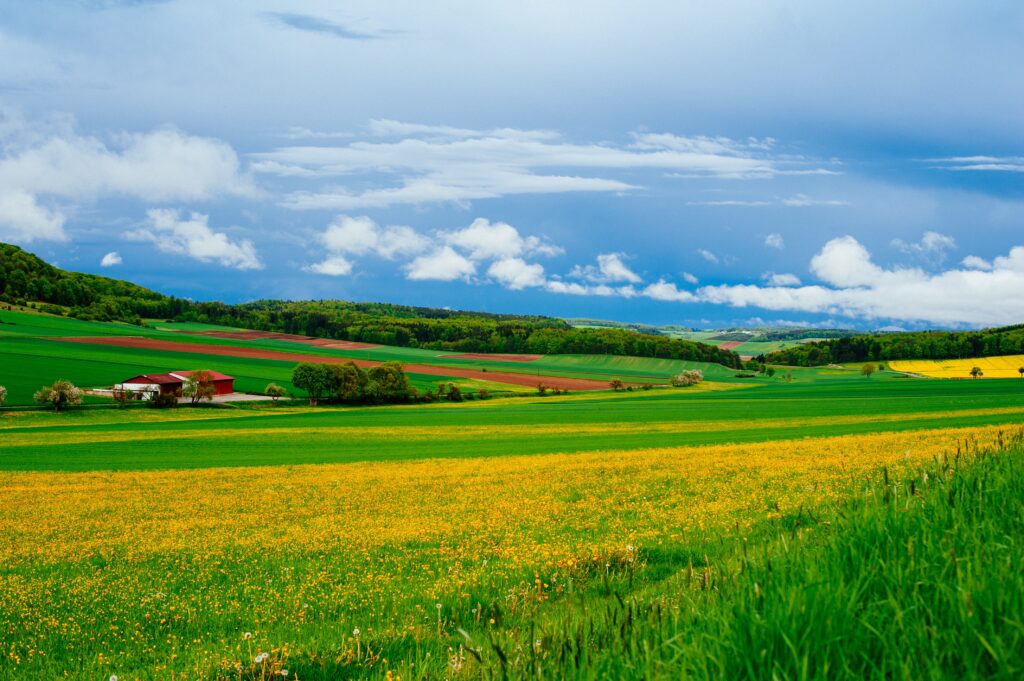
In conclusion, the state of modern agriculture, as exemplified by the practices and advancements in the United States, China, Brazil, India, and Germany, paints a picture of a sector undergoing rapid and innovative transformation. Each of these countries, with their unique approaches and contributions, plays a vital role in shaping global agriculture trends.
The United States, with its large-scale operations, advanced technology, and diverse production, sets a benchmark in efficiency and innovation. China, balancing its traditional farming roots with modern techniques and biotechnology, demonstrates the potential of agriculture in feeding a massive population sustainably. Brazil’s rise as an agricultural powerhouse, particularly in soybean and beef production, reflects the importance of agribusiness in national economies and global markets. India’s journey from the Green Revolution to embracing technology and organic farming highlights the evolution of agriculture in developing nations. Germany, with its emphasis on precision farming, sustainability, and technological integration, showcases how modern agriculture can align with environmental stewardship.
Together, these countries illustrate the multifaceted nature of modern agriculture. They highlight the importance of technological innovation, sustainability, and policy support in addressing the challenges of food security, environmental conservation, and climate change. The practices and advancements in these nations not only shape their respective agricultural sectors but also set trends and standards that influence global agriculture.
As the world continues to grapple with population growth, resource depletion, and environmental challenges, the role of these leading agricultural countries becomes increasingly crucial. Their commitment to innovation, efficiency, and sustainability will likely continue to guide the future direction of global agriculture, ensuring food security and environmental health for generations to come.
Stay a while and read more posts like this
Let’s devote a few minutes to envision our world in 2100. It’s quite a thought experiment, given the dramatic transformations our planet has experienced in...
With climate change looming large, the world is embarking on a quest for solutions to heal our ailing planet. Solar geoengineering emerges as a burgeoning field,...
Taking on parenthood comes with unique choices that factor in more than just our family’s immediate needs. For modern parents, who are not just guardians of...